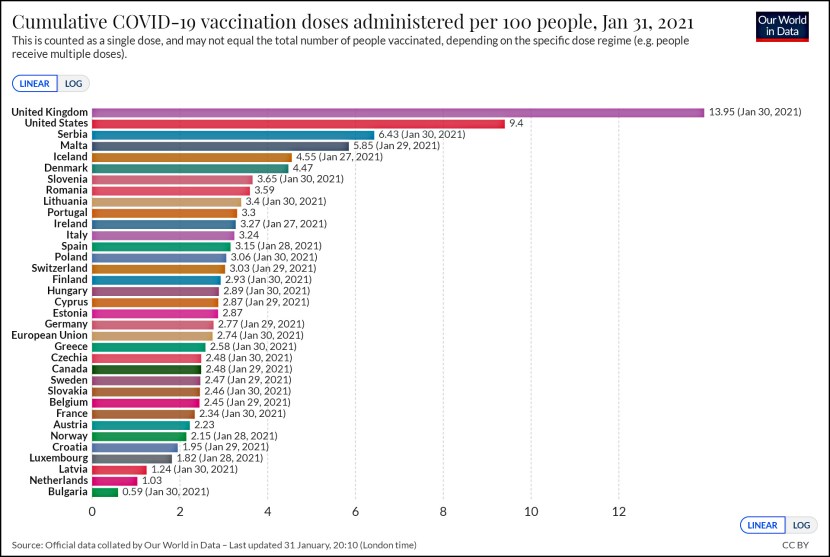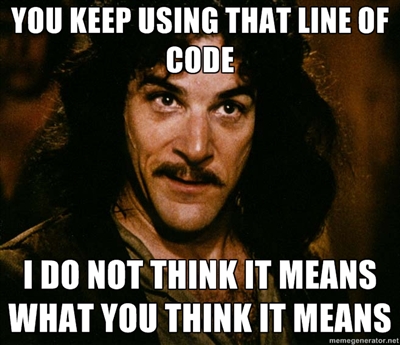Earlier today I wrote about the new dotcom bubble and how similar it seemed to the last dotcom bubble. A regular reader from Silicon Valley writes to offer a different kind of complaint:
See, this is the kind of crap you get when people look at “Silicon Valley” and see Facebook. The investors I have spoken to accept a fairly stable universe of Google, Facebook, Twitter, Apple, Amazon and Netflix into the mid-future. Nobody likes to look any farther down the road than two to three years anymore, so that’s the horizon.
The excitement, the “bubble” if you will, is not about creating another Facebook, it’s about finding a way to enhance and monetize an established internet ecosystem. It’s the cloud, it’s big data, it’s Hadoop, Cassandra and Mongo on commodity hardware, it’s faster, cheaper storage subsystems, it’s scalability and flexibility, the sudden newfound ability to just “switch on” five hundred new servers with no capital cost, and turn around and switch them off on Tuesday. It’s deep, low-latency analytics, clickstream analysis, social media mining, and targeted marketing. It’s mobile localized communications. It’s seamless integration between the OS, the browser, the web application server and the data, all stored in remote indexed and optimized servers that autonomously move the data closer to the user.
It’s really interesting and exciting stuff, and all the pieces are almost there. They’re still trying to figure out how to scale web properties to hundreds of millions of users, which is incredibly hard, especially because most of them were built on the previous generation’s technology — think LAMP stack with sharded MySQL and Memcached. But the infrastructure is catching up. The hardware is actually moving backwards: lower-power, cheaper, slower processors, memory and disk, but now in a clustered and distributed environment that, because failures in that kind of environment are a common event, protect themselves against failure (think multi data center replication, autonomous P2P status monitoring, disk writes to append-only tables before memory writes…).
But most people don’t know or care about that stuff. They just know about Facebook and Amazon and Apple, and they get frustrated when they don’t work. And that leads to these articles that get the core part of the conversation so dreadfully wrong.
I didn’t actually understand most of the geekspeak here (I’ve been out of touch with the tech world for too long), but I think the general point is sound: too often, when people think about the future of the internet, they focus exclusively on superstar apps like Facebook or Twitter and miss the impact of business apps and the plumbing that drives them. To the extent that the internet will have an impact on future economic productivity, this is where the action is.













